Datça
The history of the finds in the Datça Peninsula dates back to 2000 BC. The first known indigenous people were the Carians, and the brightest period here was during the Dorians period. Dorians came to the region from Thrace to the south in 1000 BC, came to the region via Greece, and founded Knidos, the center of the Doric civilization, in Burgaz, 1.5 km northeast of today's Datça district center. Knidos, which later came under Lydian rule, also came under Persian rule after the Lydian State fell into the hands of the Persians in 546 BC. Knidos was moved to the tip of the peninsula, where the magnificent ruins are today, in the 4th century BC for commercial reasons. Strabo states that Knidos was founded along the coast and on the island in front of it. By filling the sea between the island and the land, two separate ports were obtained. The small port in the north was called "North Port" and was used for military purposes. The port in the south was used for trade purposes. Currently, the ruins of the breakwater at the mouth of the harbor and the tower in the North Harbor can be seen. Dorians and Romans built many temples in New Knidos. The city became famous for its Aphrodite statue. During the late Roman and early Byzantine periods, temples were replaced by churches and the city population reached 70,000. Knidos was a very important trade center as well as a center of culture and art. The Knidos Aphrodite in the Knidos Aphrodite Temple, made by Praxiteles, one of the most famous sculptors of the period, is a very important work of art. Artists always prioritized Aphrodite in religious festivals organized with the participation of Ionian cities. The famous astronomer, mathematician and philosopher Eudoxus, who discovered that the planets are round bodies that always move in the same orbit, the sculptor Praxiteles, Skopas, Bryaxis, who made the best-sculpted Naked Aphrodite Statue, and Sastratos, Knidos, the architect of the Lighthouse of Alexandria in Egypt, one of the seven wonders of the world. They lived in . Artifacts such as the base of the statue of Aphrodite, the theater with a capacity of 8000 people, the sundial and the Temple of Demeter are among the important ruins of the ancient city of Knidos. The statue of Aphrodite, which was very famous in ancient times and people came from far away to see it, has not been found until today.




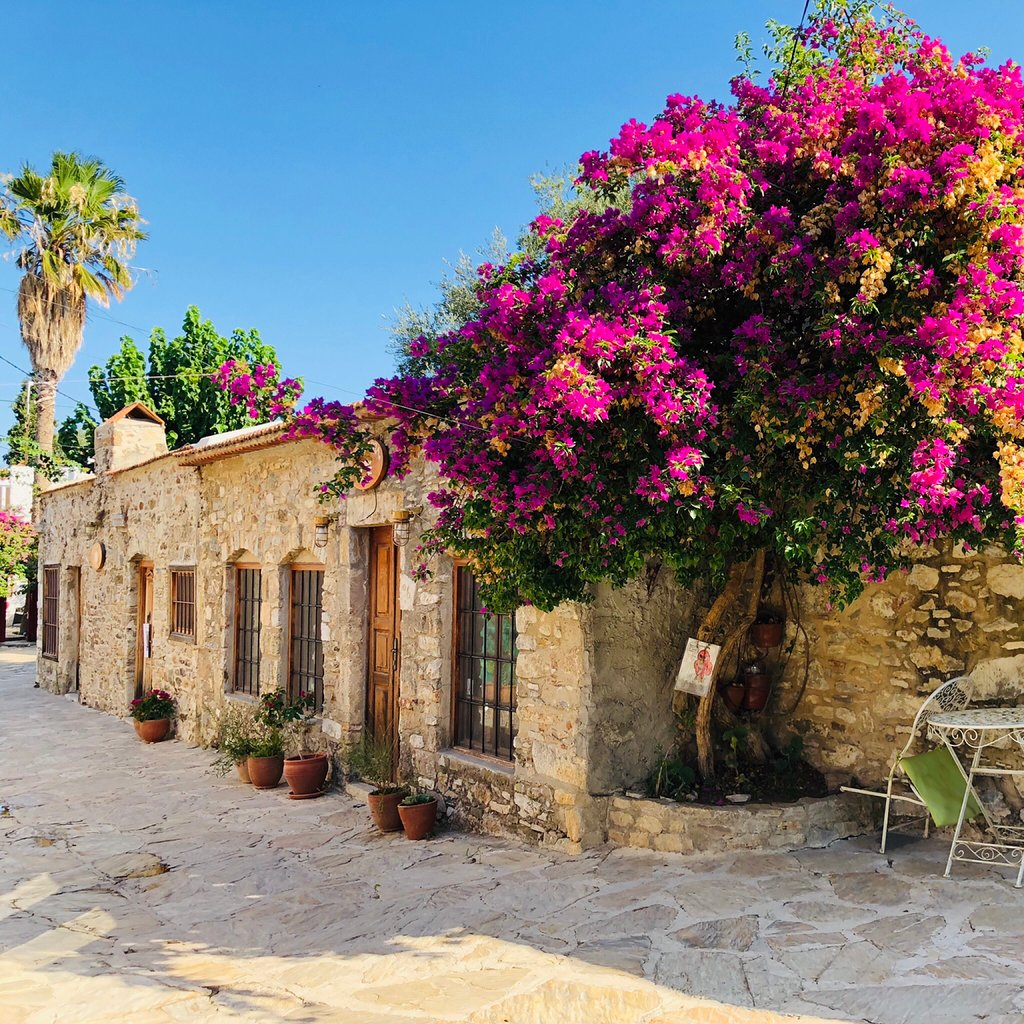
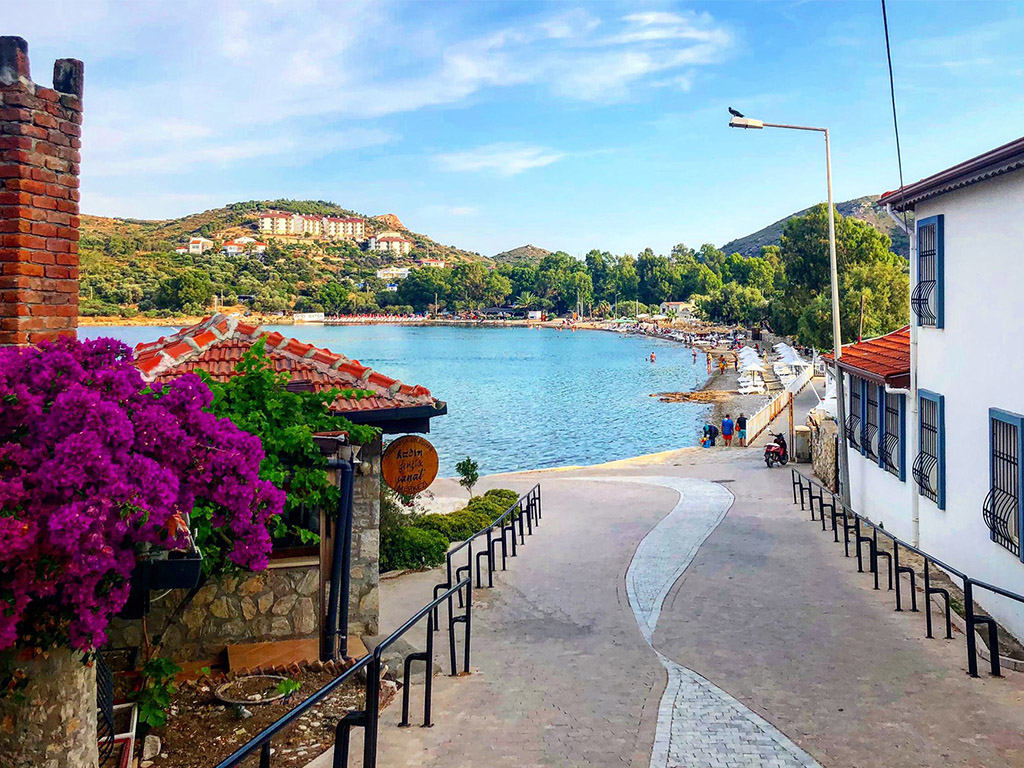
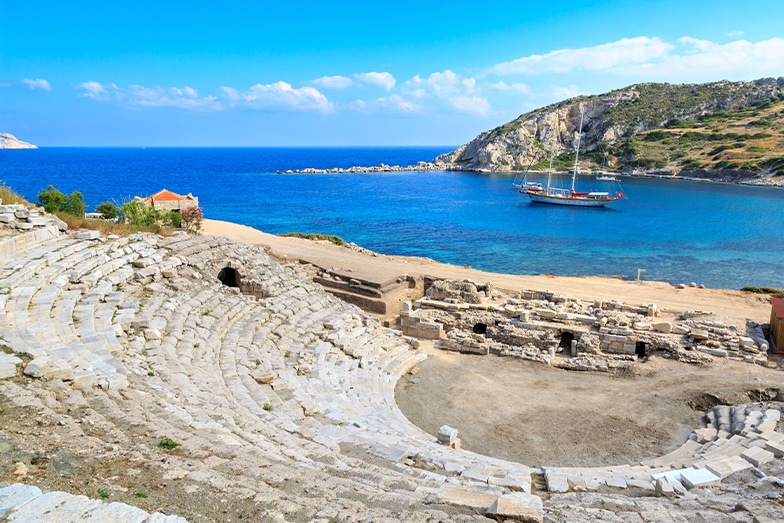
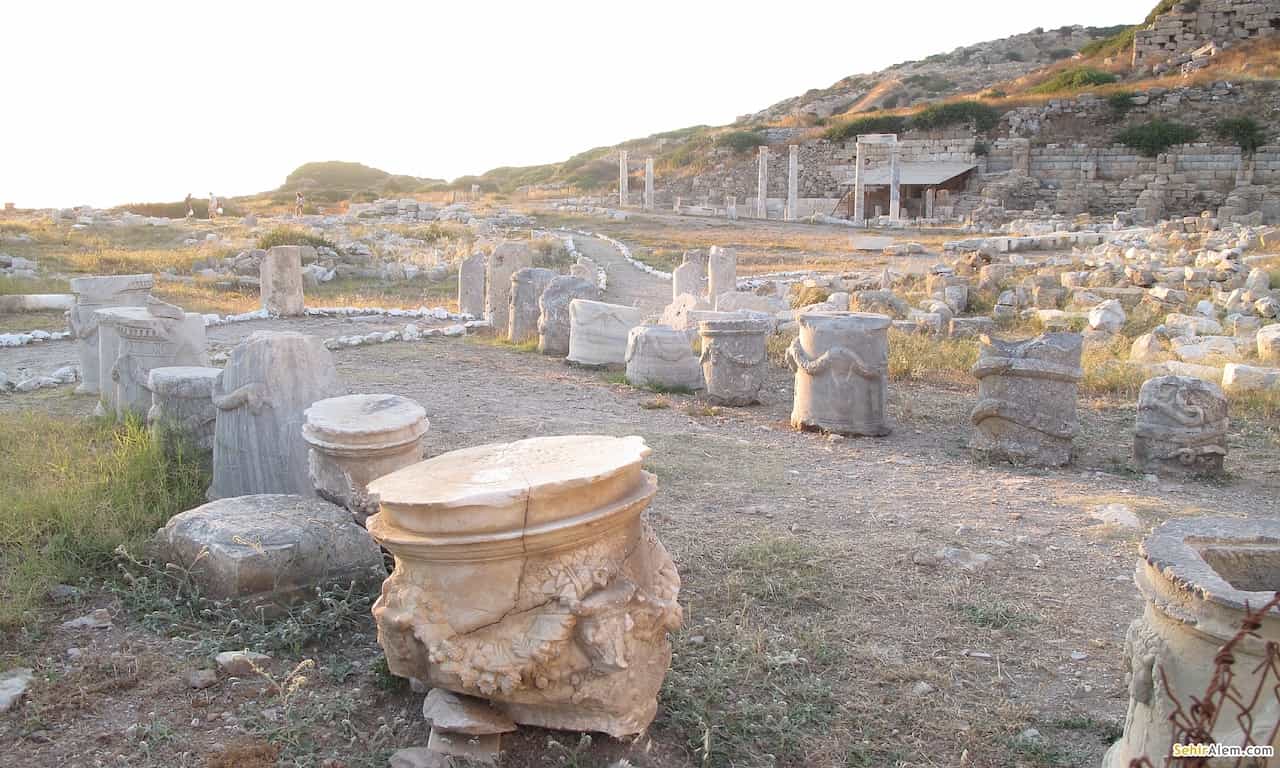
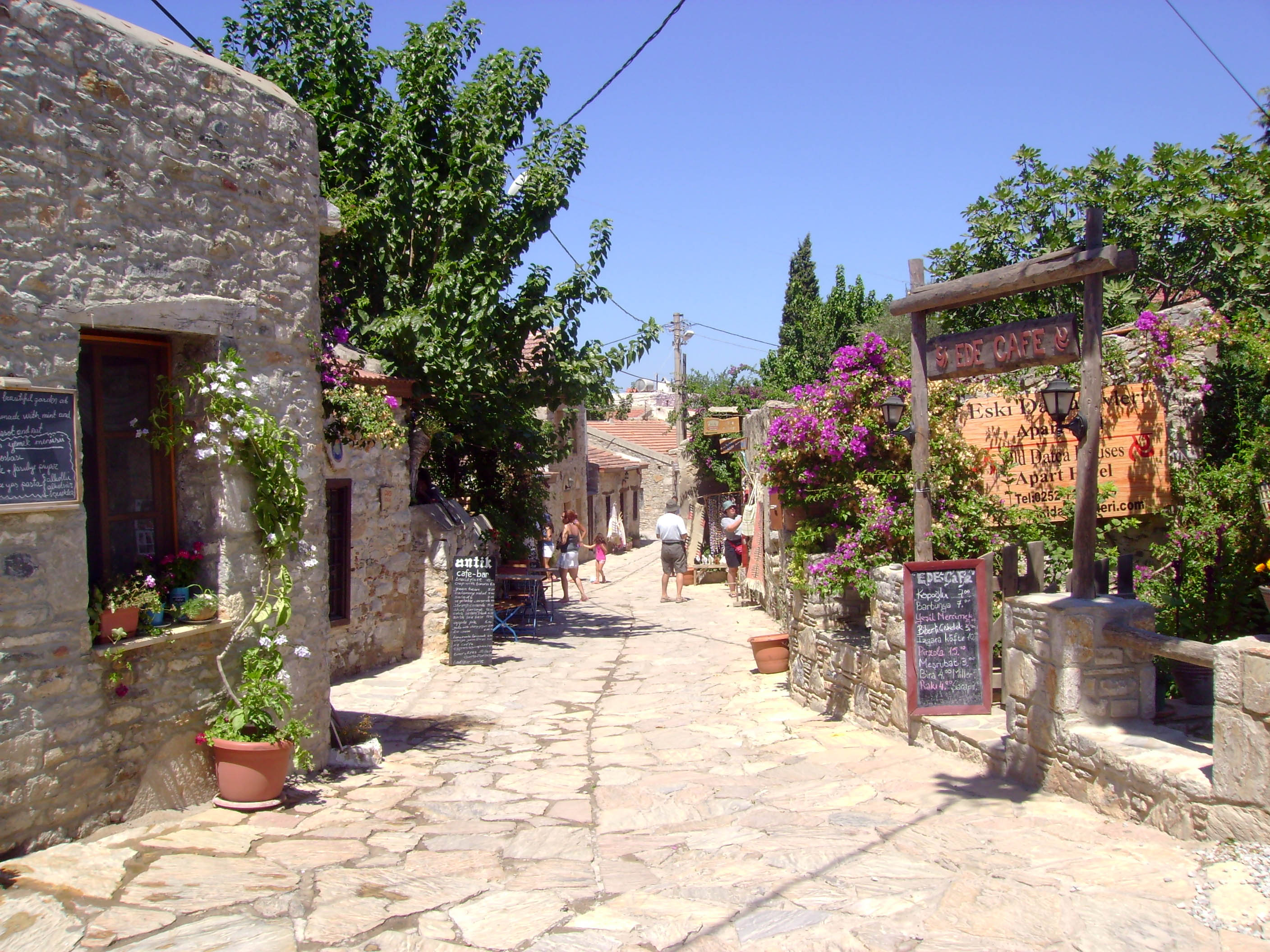
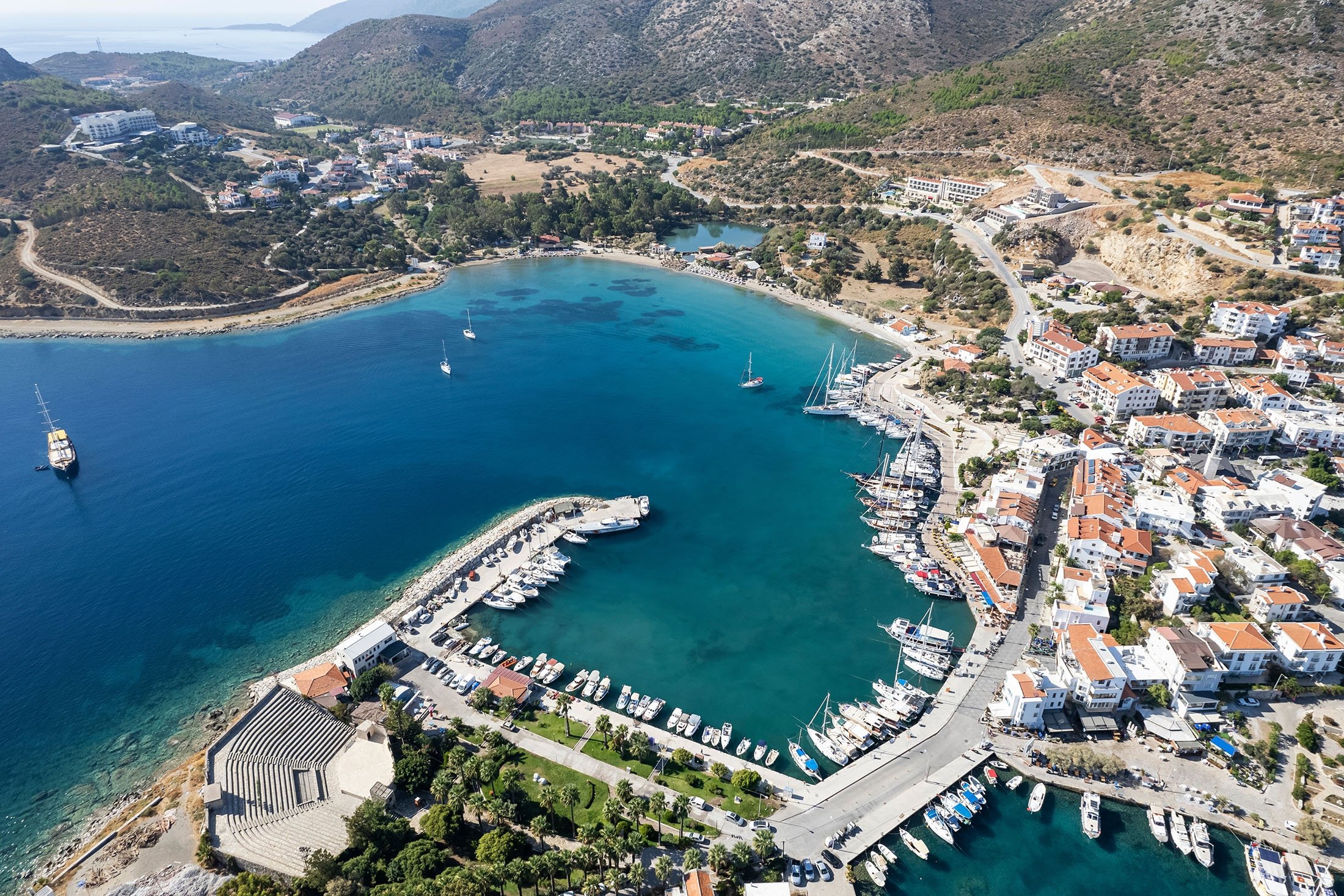
Leave Your Comments